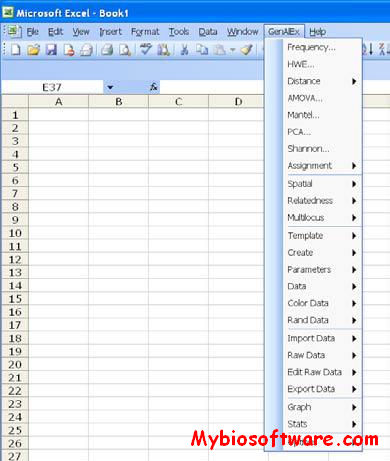GCTA 1.01
:: DESCRIPTION
GCTA (Genome-wide Complex Trait Analysis) is designed to estimate the proportion of phenotypic variance explained by genome- or chromosome-wide SNPs for complex traits
::DEVELOPER
Peter Visscher’s lab at the Queensland Institute of Medical Research .
:: SCREENSHOTS
N/A
:: REQUIREMENTS
- Windows /MacOsX / Linux
:: DOWNLOAD
:: MORE INFORMATION
Citation
Yang J, Lee SH, Goddard ME and Visscher PM.
GCTA: a tool for Genome-wide Complex Trait Analysis.
Am J Hum Genet. 2011 Jan 88(1): 76-82
